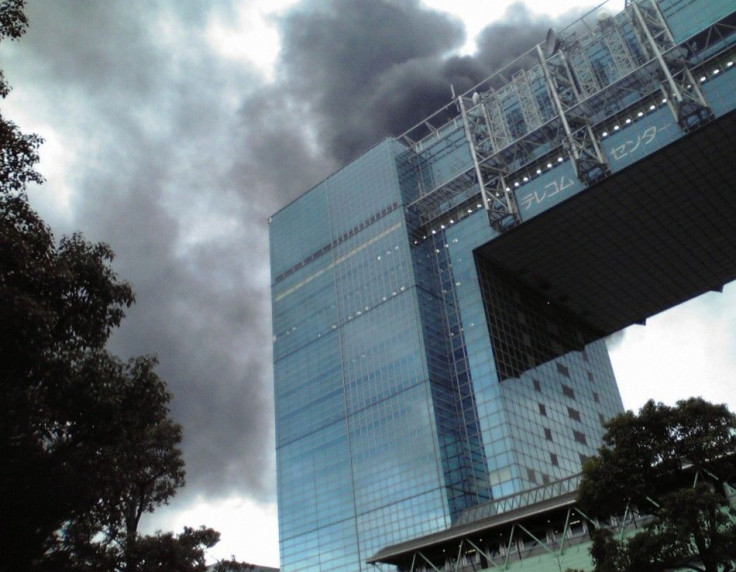Tsunami: The first wave may not be the largest but second one may submerge many Pacific islands

A powerful earthquake measuring 8.9 on Richter scale pummeled northern Japan and also triggered a massive tsunami on the north coast which swept away houses, cars and boats. Many small Pacific islands are likely to get submerged.
A tsunami alert has been issued by the NOAA's National Weather Service to Taiwan, Philippines, Indonesia, New Zealand, Papua New Guinea, Nauru, Kirbati Islands, Hawaii, Mexico and many islands on the Pacific coasts.
It is reported that the tsunami caused a 12-foot wave in the port city of Kamishi reported San Francisco Chronicle. While other countries brace themselves to tackle the tsunami NOAA NOAA's National Weather Service issues certain guidelines to better gauge the force of a tsunami.
Here are some facts issued by NOAA to better read the signs of an incoming tsunami:
--Tsunami is a series of waves and the first wave may not be the largest.
--The time between the first tsunami wave and the next can vary between five minutes to an hour and the threat can continue for many hours as multiple waves continue to arrive.
--When no waves are seen for two hours after the estimated time of arrival or damaging waves have not reoccurred for at least two hours then the local authorities can assume that the threat is passed.
--Threat to boats and coastal infrastructure can continue for several hours due to rapid currents.
Source: NOAA (www.weather.gov)
© Copyright IBTimes 2024. All rights reserved.





















